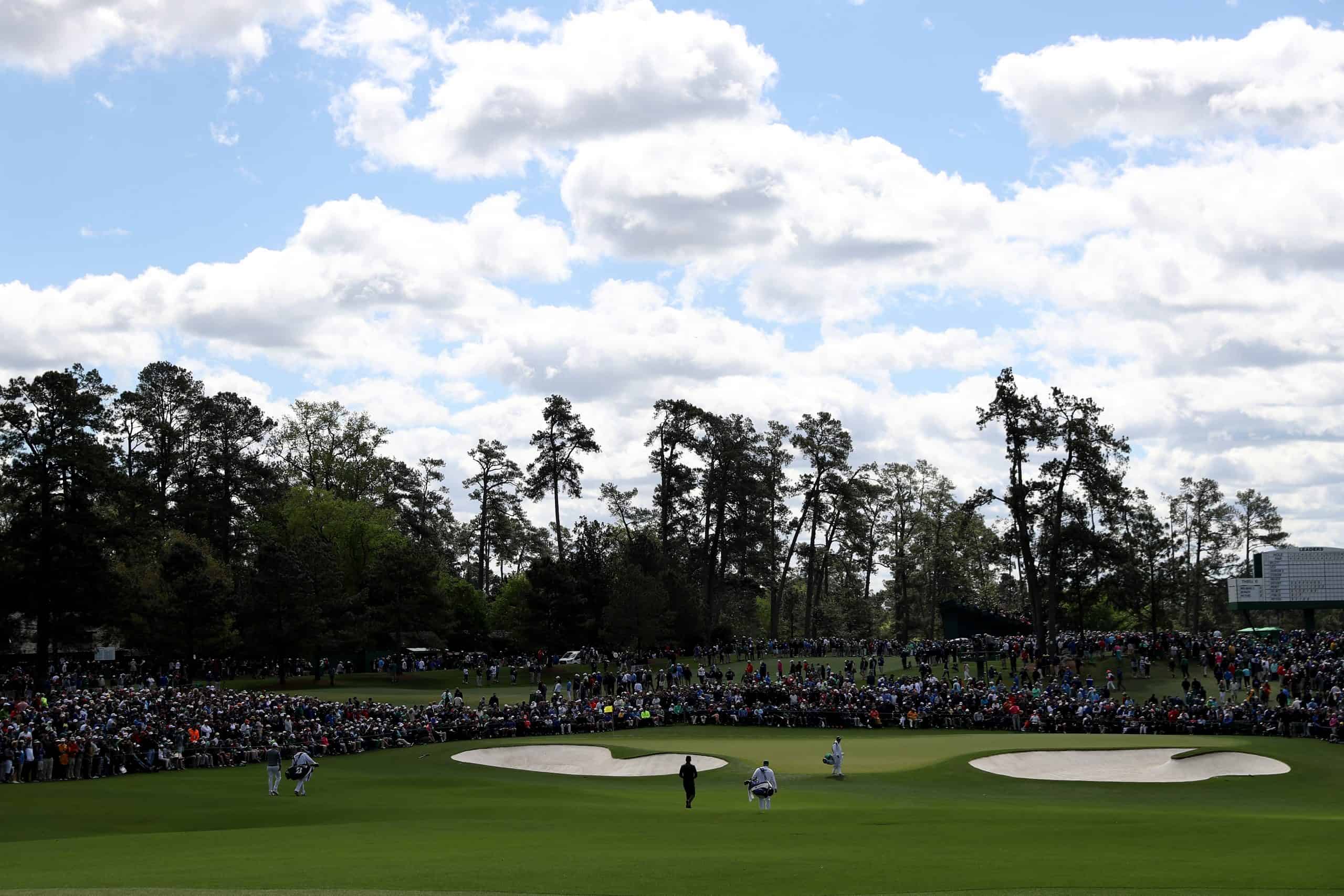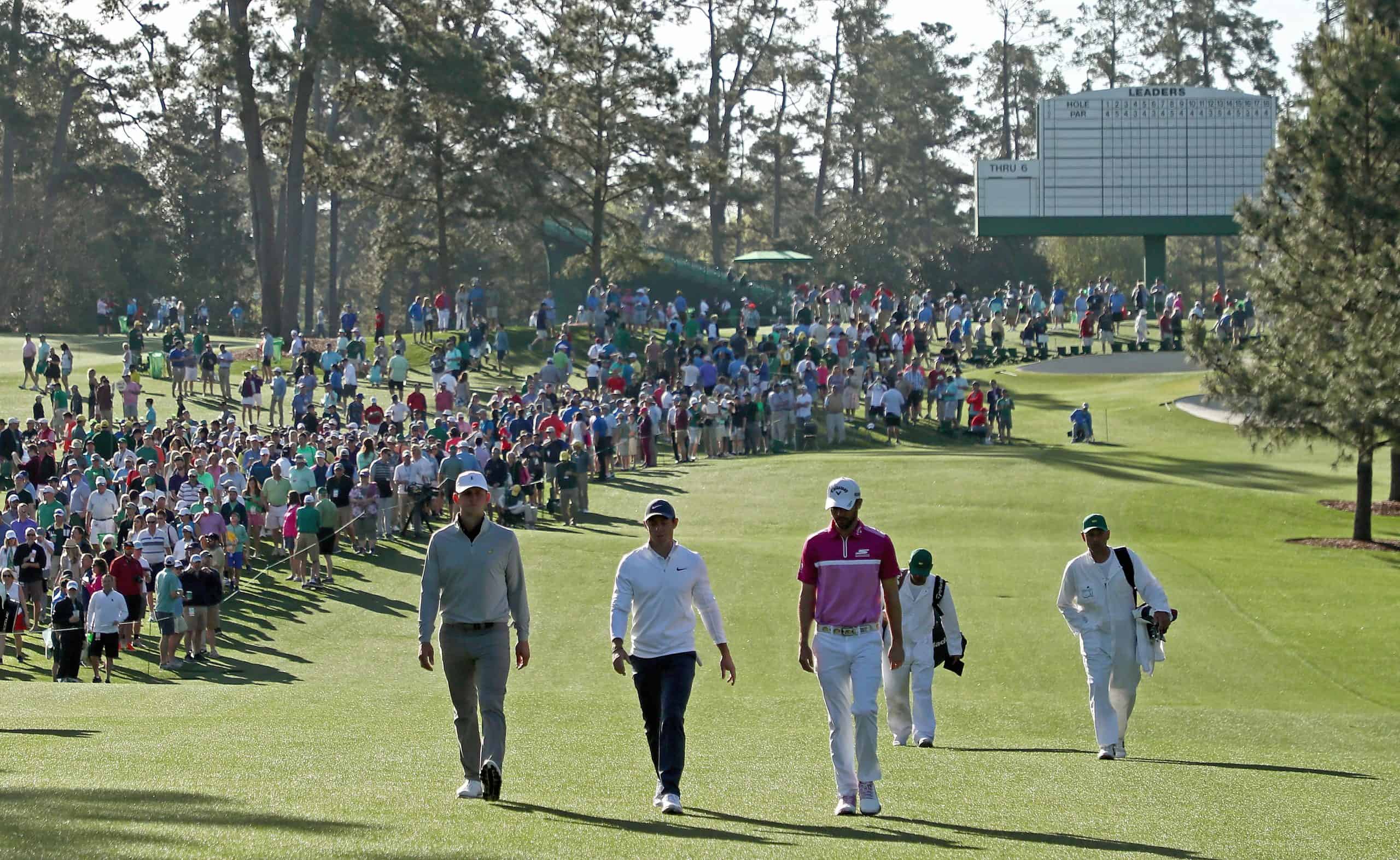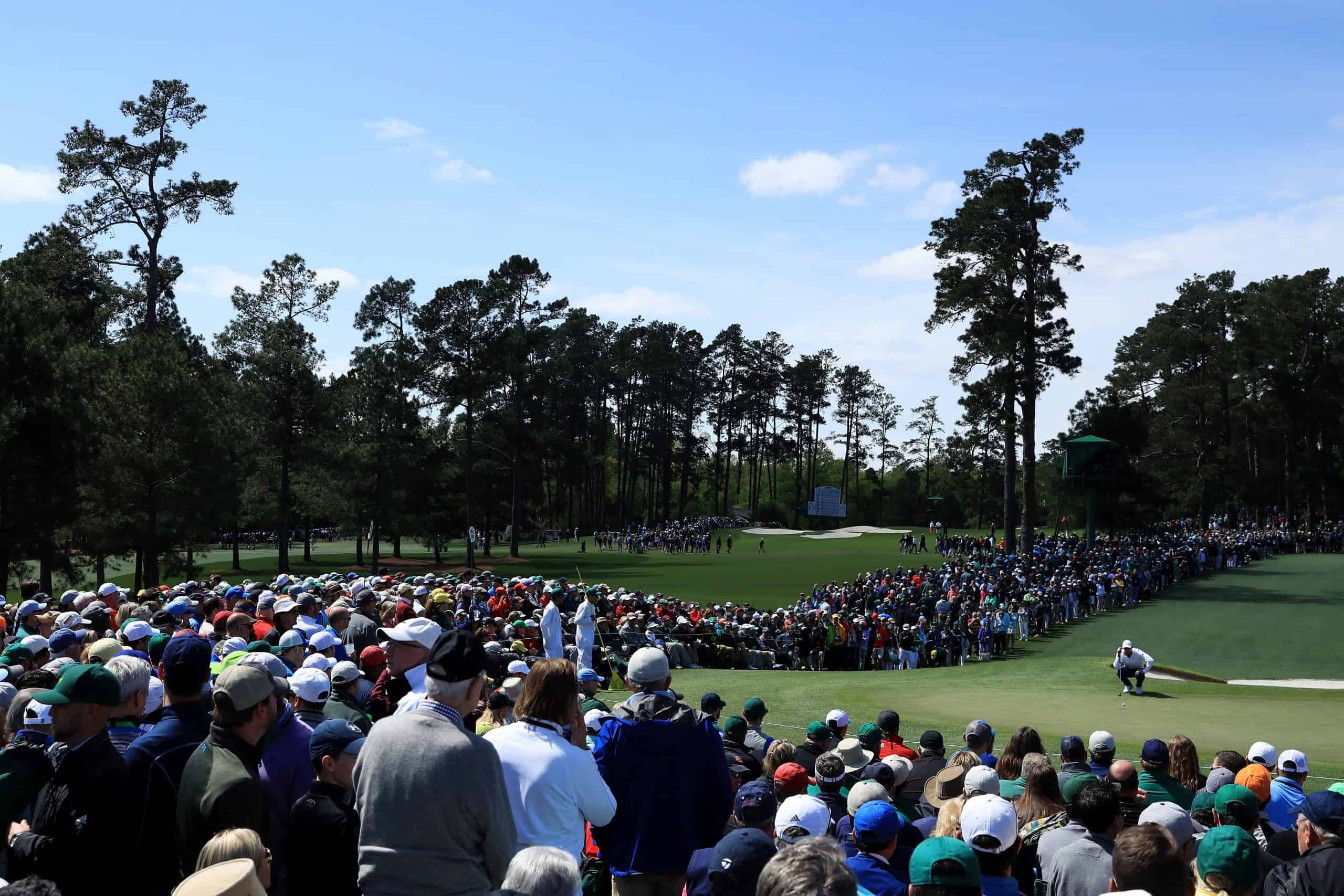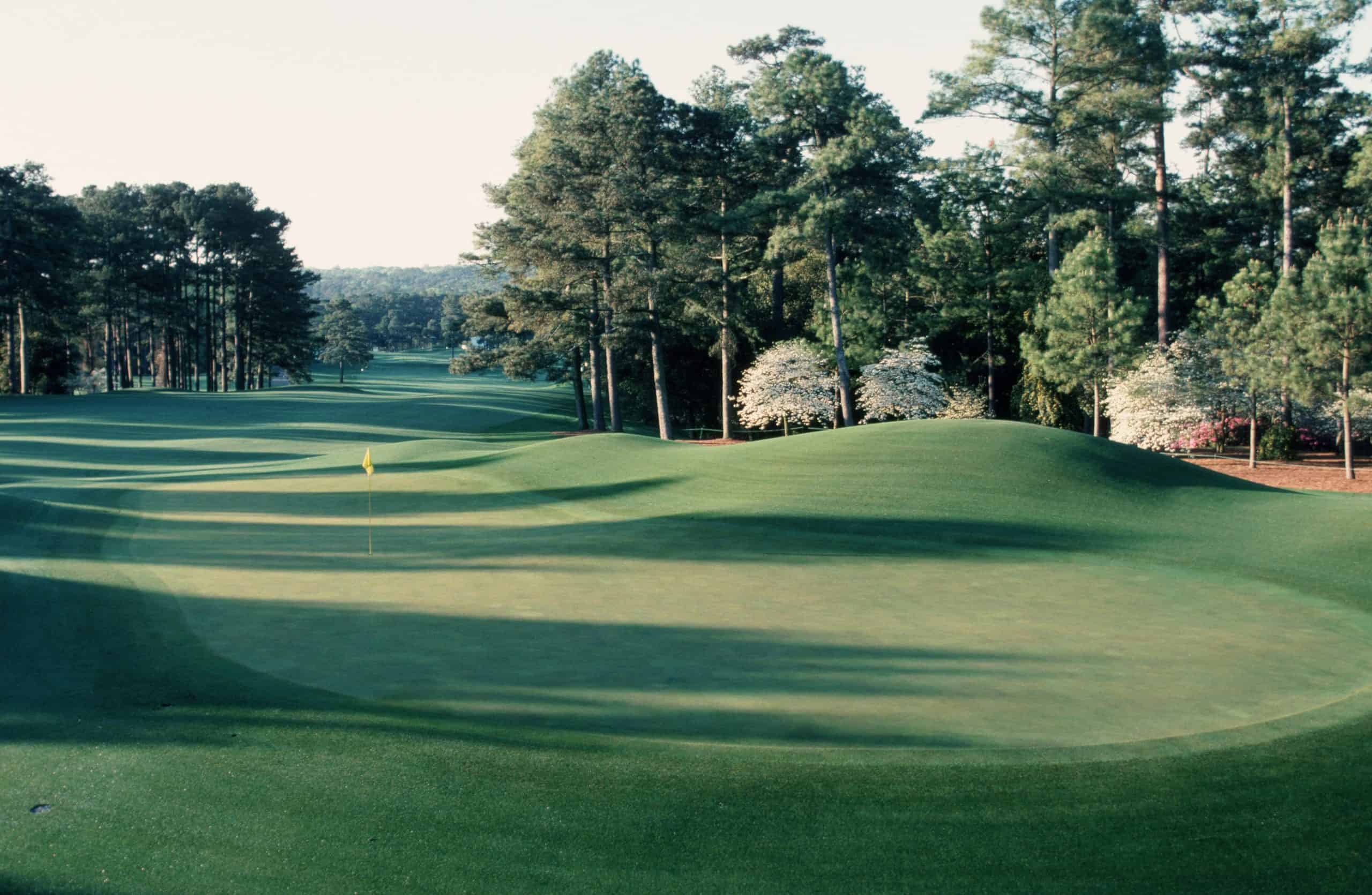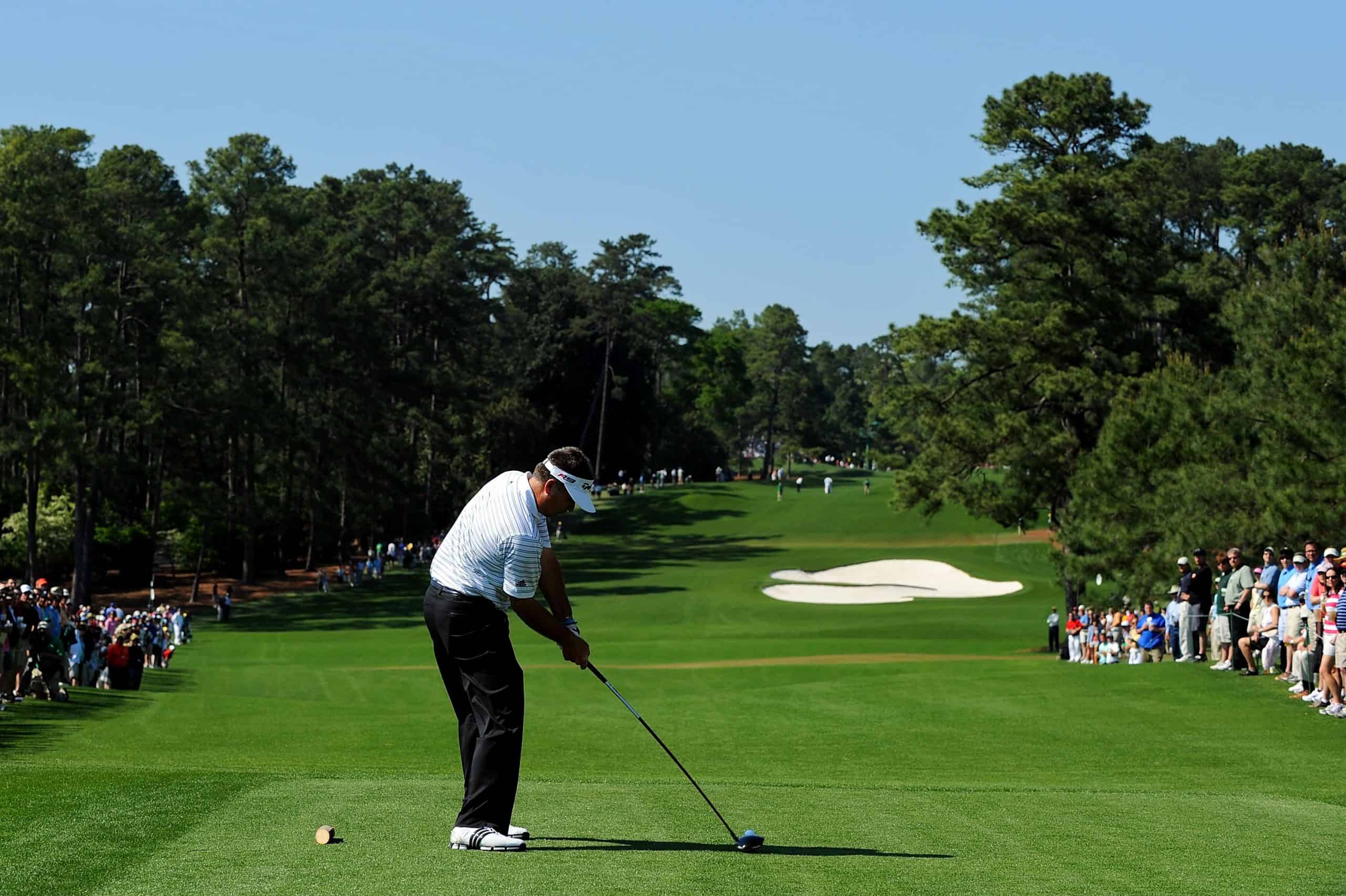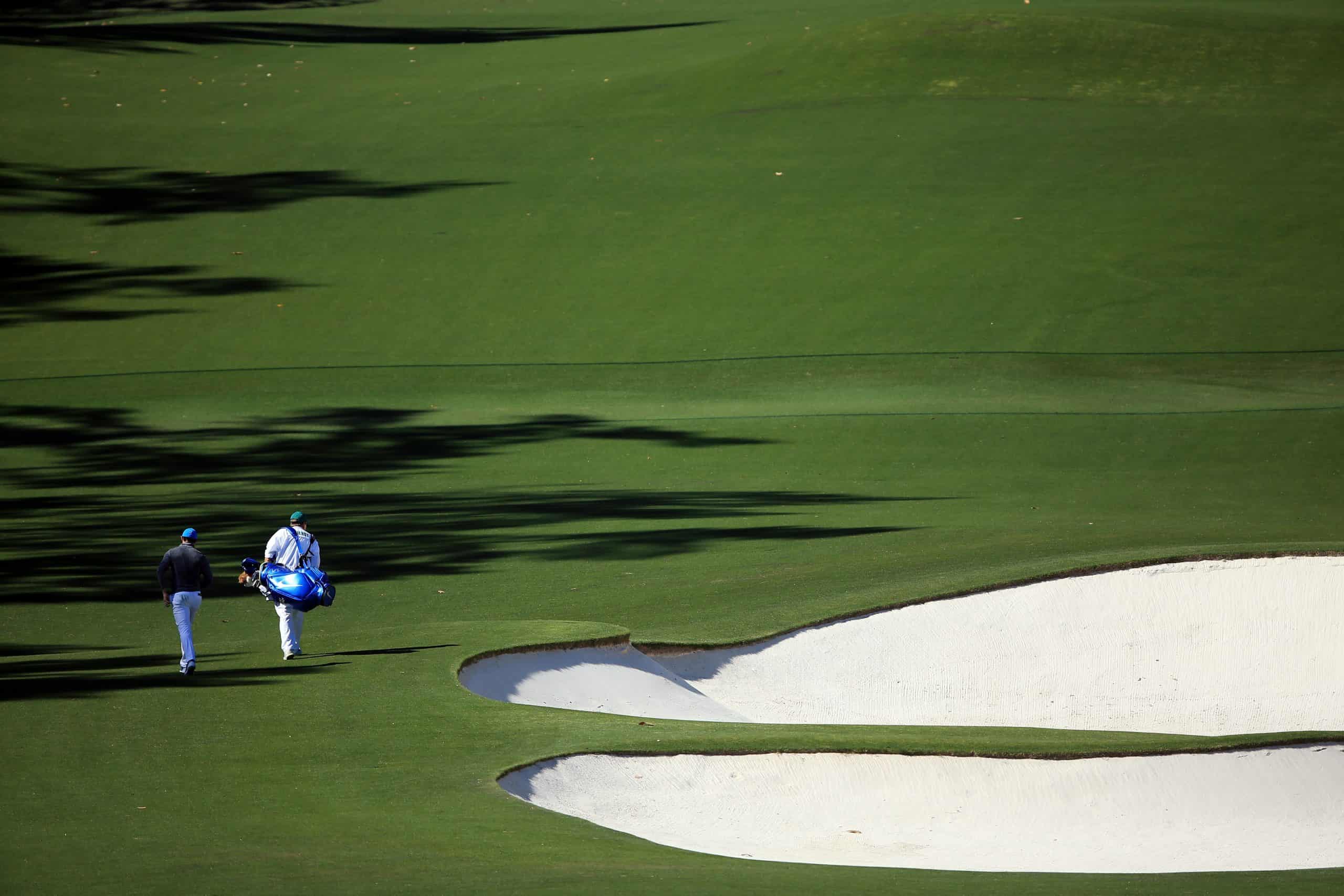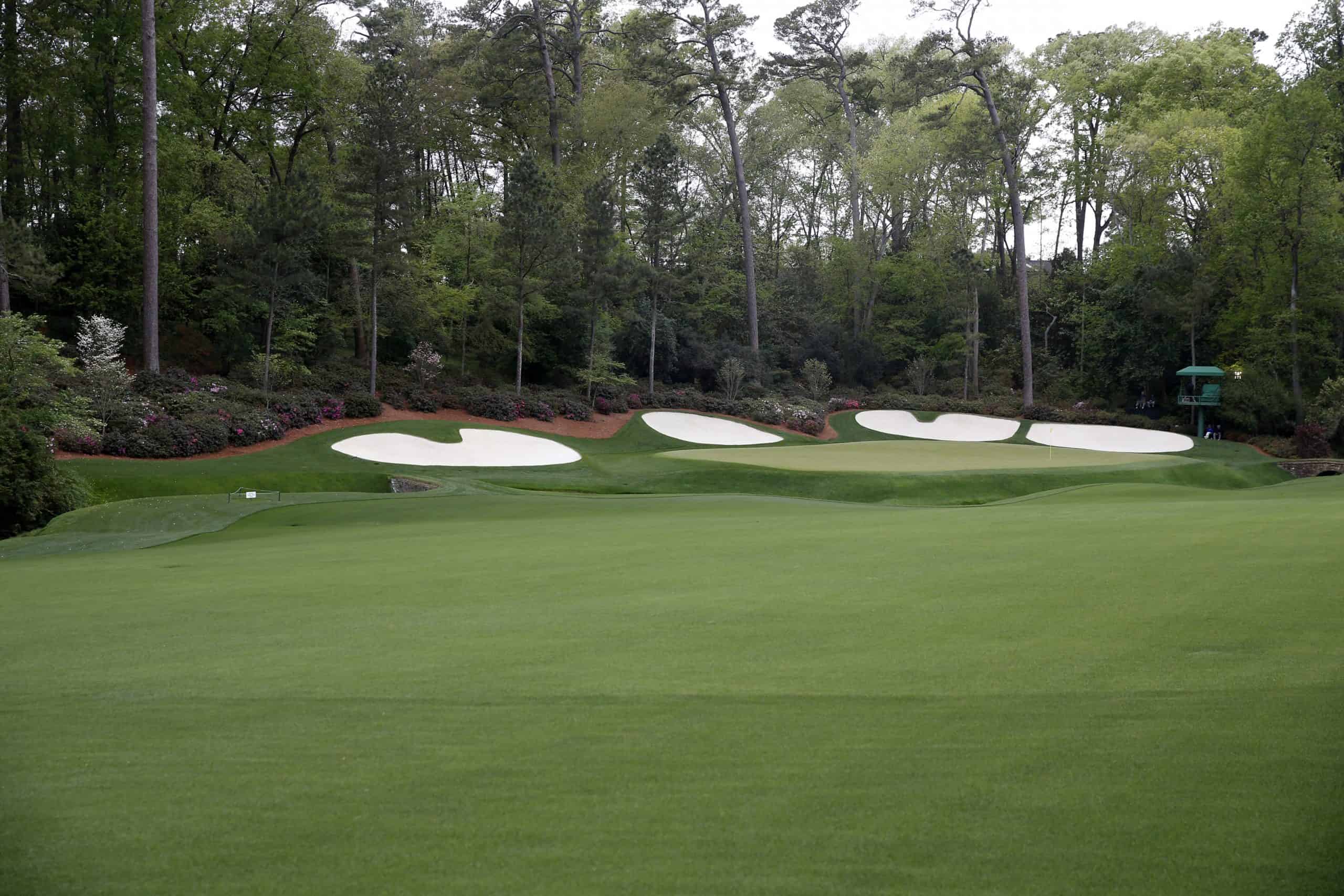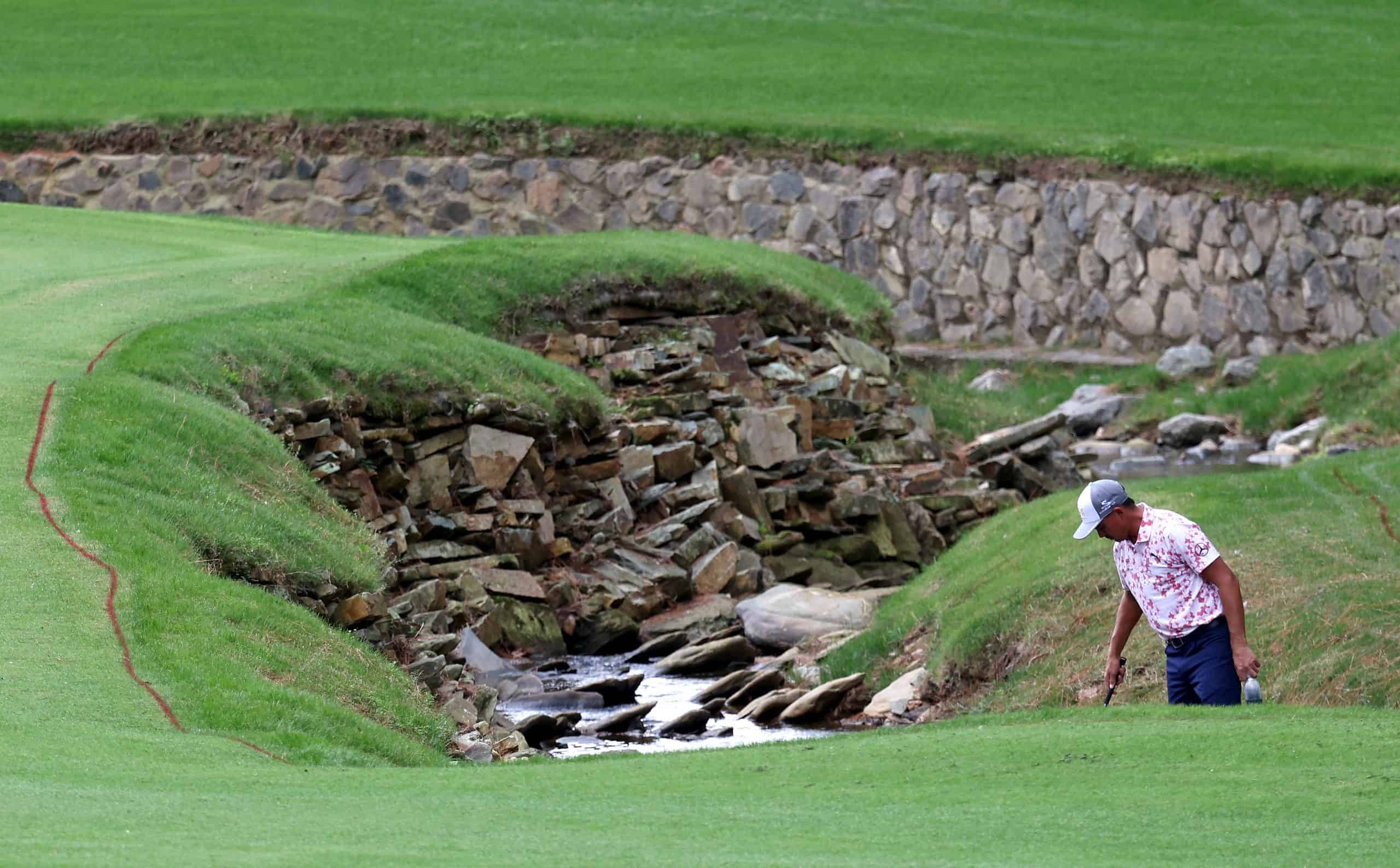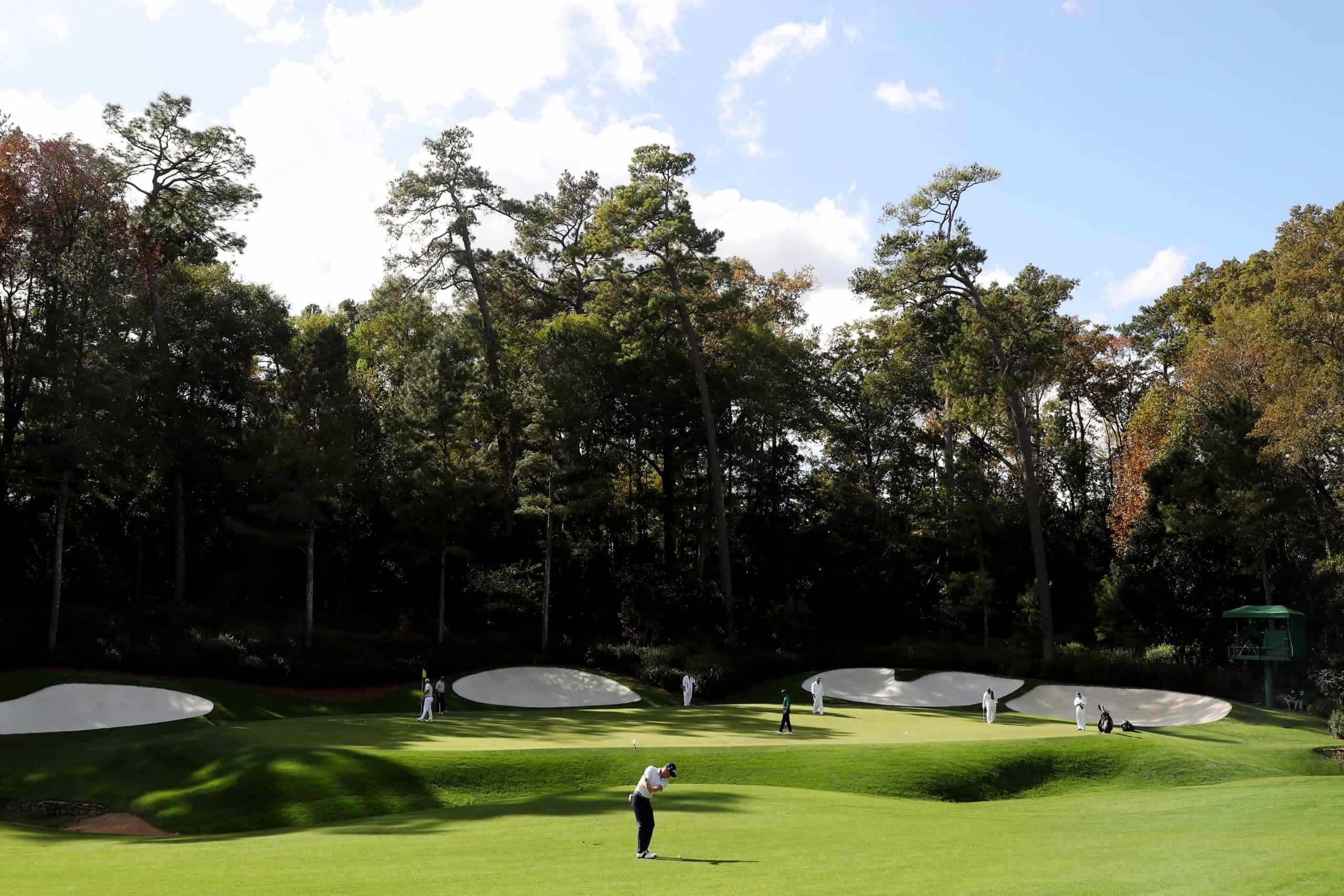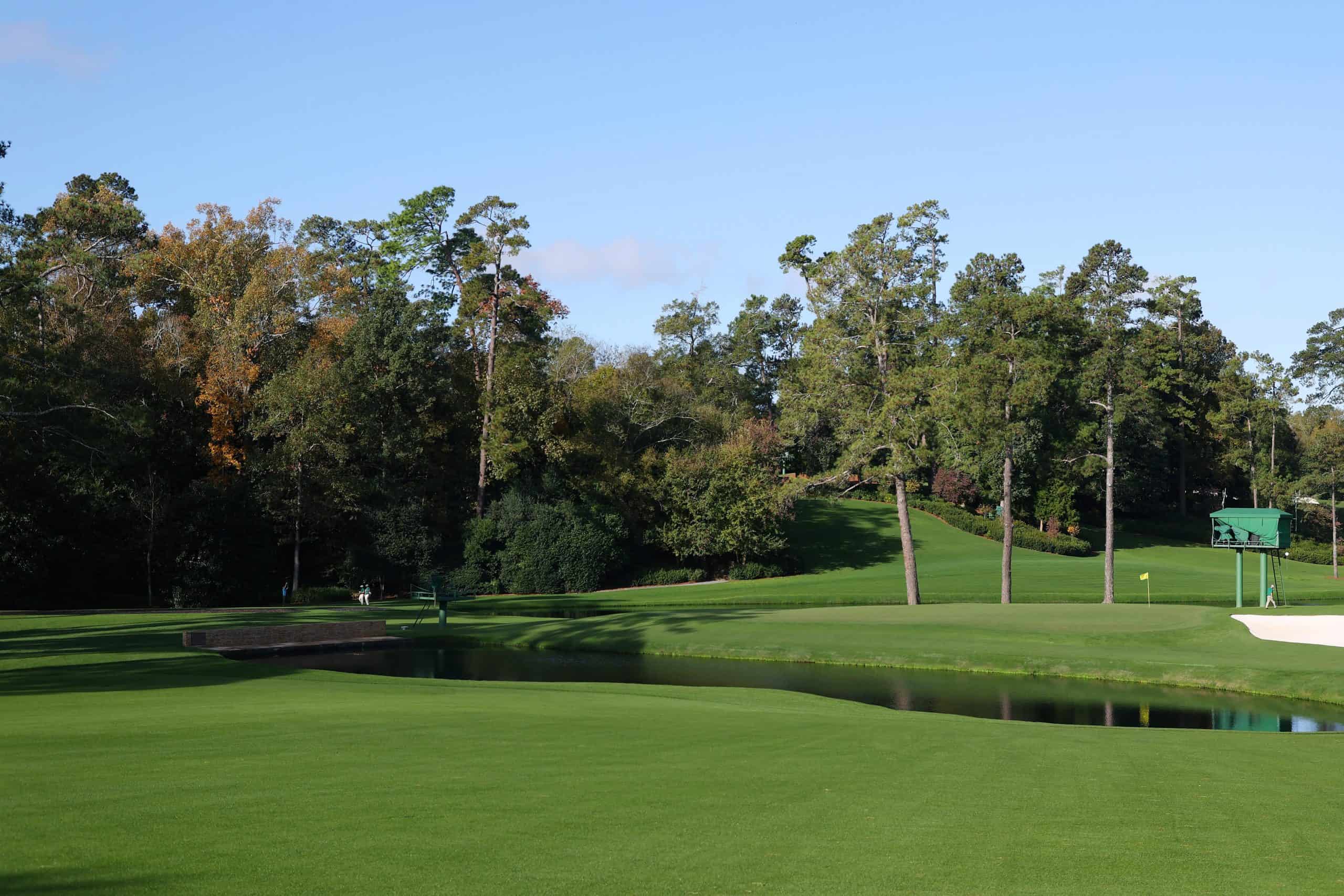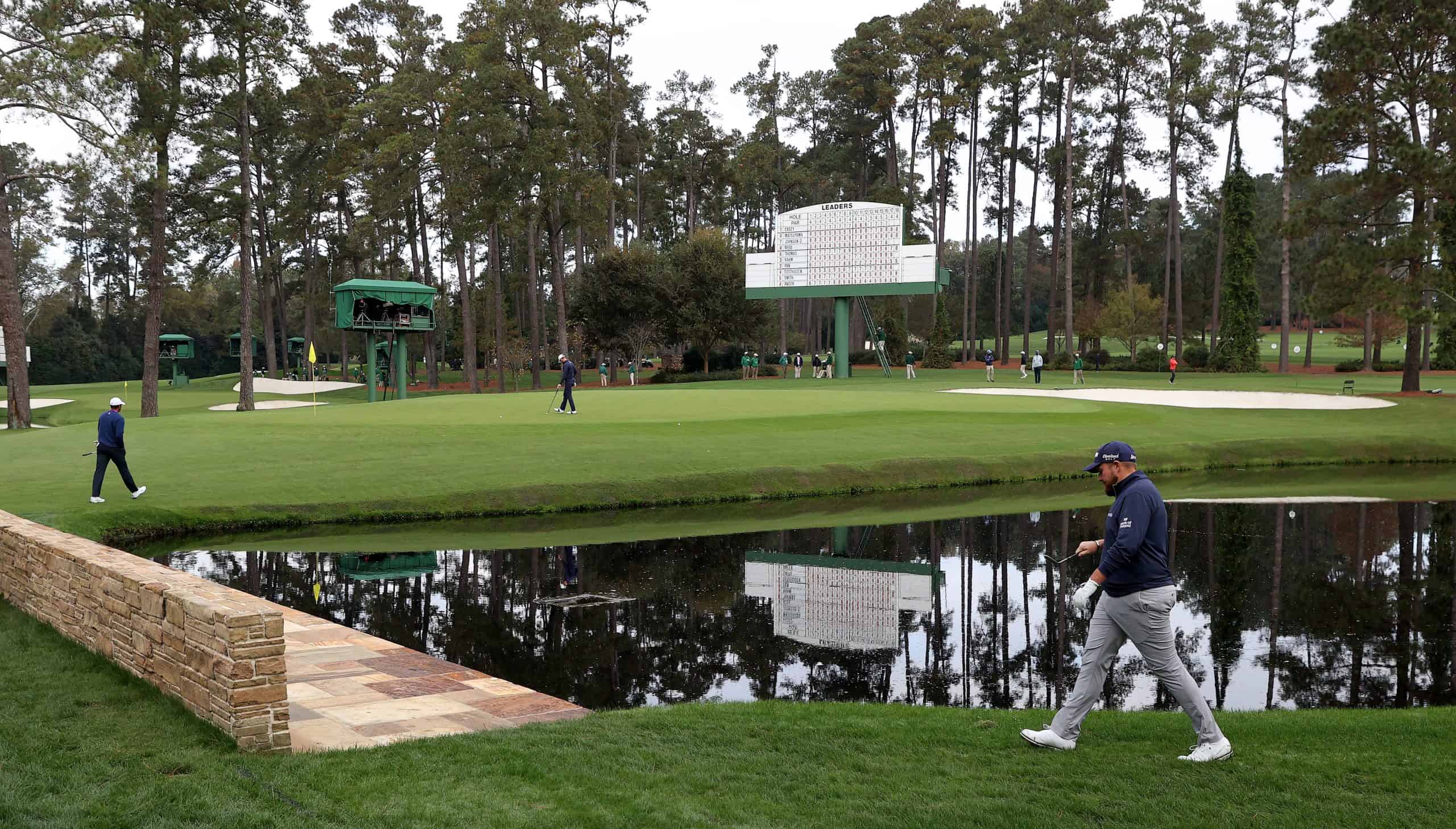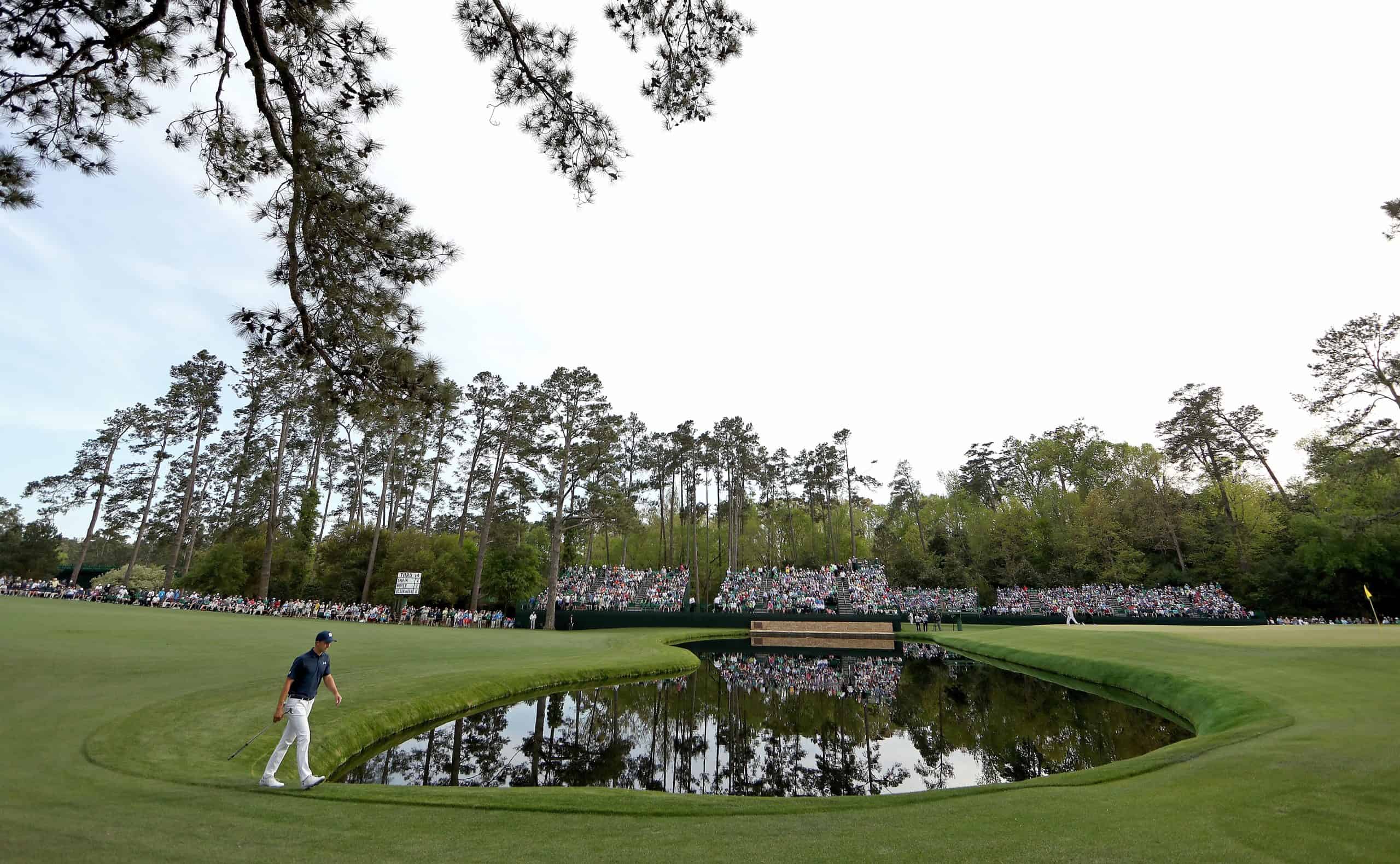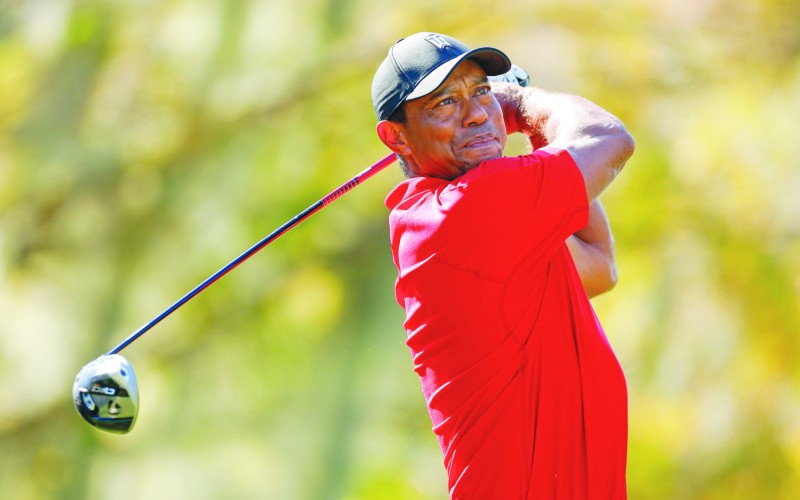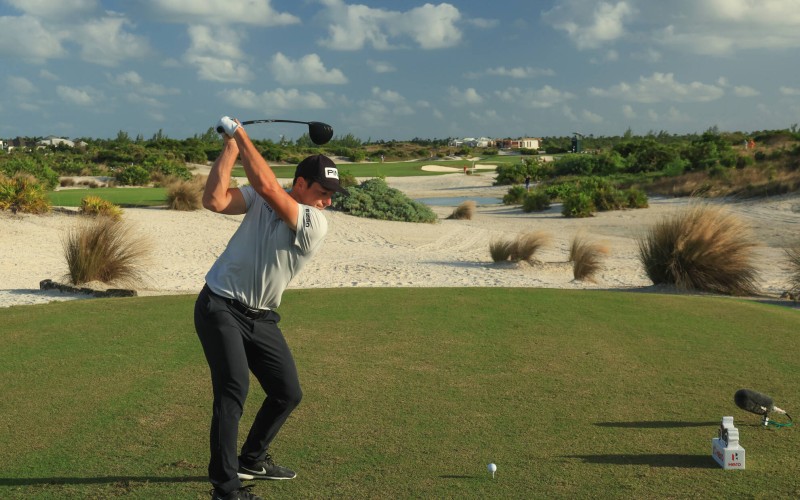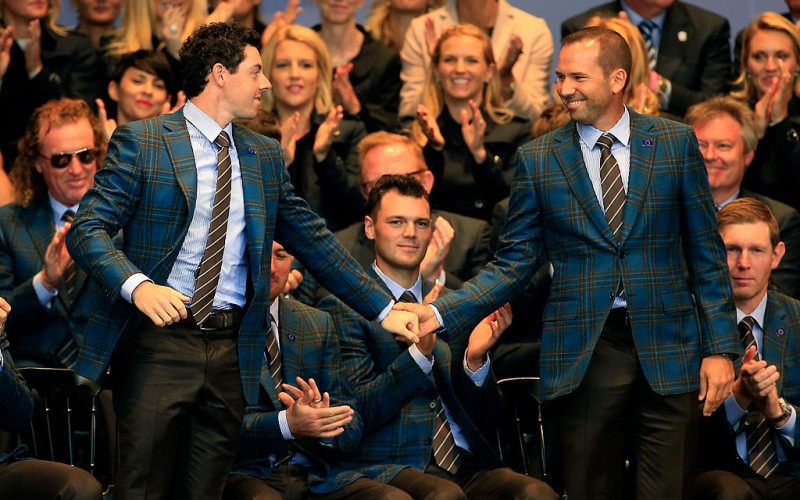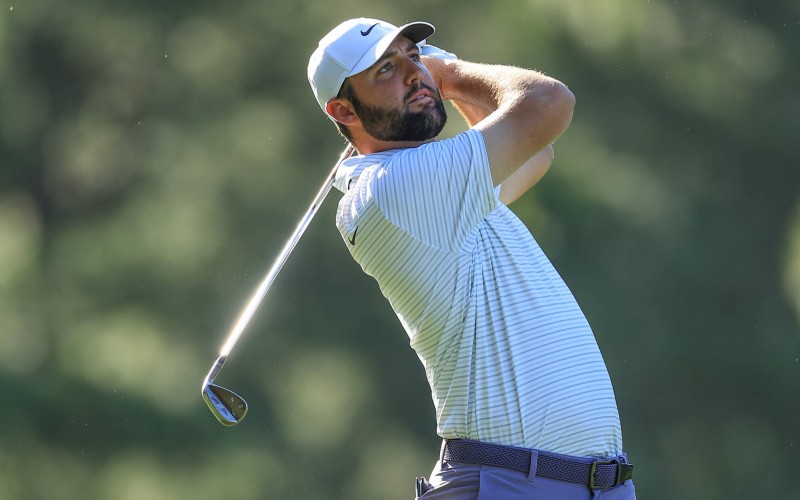Augusta National is one of the most recognisable courses in world golf and next week it hosts The Masters for the 85th time. Here we take a look at four of the key holes that players will look to take advantage of.
The par-5s are pivotal to winning at Augusta National and anyone challenging for the title knows that eagles and birdies on holes 2, 8, 13 and 15 feature heavily in the recipe for success.
Last year the 575-yard 2nd hole ranked the easiest with an average of 4.46 with 12 eagles and 159 birdies, while the par-5s on the back nine, holes 13 and 15, are two of the ultimate risk-reward holes anywhere in professional golf and they averaged 4.6 and 4.61 respectively but had more bogeys (and worse) because of their water hazards. The 8th was the least submissive of the long holes with an average of 4.68 and only 2 eagles all week. With two solid blows to 13 and 15, eagle is a real possibility – but water guards both greens and danger lurks beyond.
Statistics show that the pair are the two easiest in the tournament’s overall (but not recent) history, but come Sunday afternoon when the nerves are jangling they can both throw up some interesting scenarios for any contender who hits an errant shot, and not many players make bogey or worse on 13 or 15 and go on to clinch the Green Jacket. Francesco Molinari (inset) had already found water on 12 and dunked his ball again on 15 to write- off his chances two years ago. Meanwhile, a laser-like 8-iron approach to 15 set up an eagle for Sergio Garcia en route to his win (in an eventual play-off with Justin Rose) in 2017.
HOLE 2
A sweeping dog-leg left, a good drive which finds the slope will gather closer to the green to leave a manageable approach. The green has a narrow opening guarded by bunkers left and right. Louis Oosthuizen used the green’s contours to sublime effect with a sweetly struck 4-iron for an albatross in the final round in 2012.
HOLE 8
Uphill all the way with huge fairway bunkers which negate any chance of reaching in two. The approach is blind to a small target. A shot played from left to right which pitches on the green can chase to a pin tucked all the way at the back. Many players bail out to the right and rely on their short-game for birdie here.
HOLE 13
An almost 90º dog-leg to the left, get past the apex of the corner and the view to the green is clear. Rae’s Creek runs in front and to the right of the target and bunkers lurk for anything played with too much draw. The green slopes towards the Creek so finding the sand traps can leave a nervy shot.
HOLE 15
A smattering of tall pines block out any drive which veers to the left side of the fairway – and the land contours that way too – so a sweetly struck fade should leave around a 200-230 yard approach to the green. The whole front of the green is guarded by water and the bank is usually shaved tight. Players that lay-up need to beware of a pin cut in the front section, because an overly aggressive wedge with too much action can zip back into the pond.



